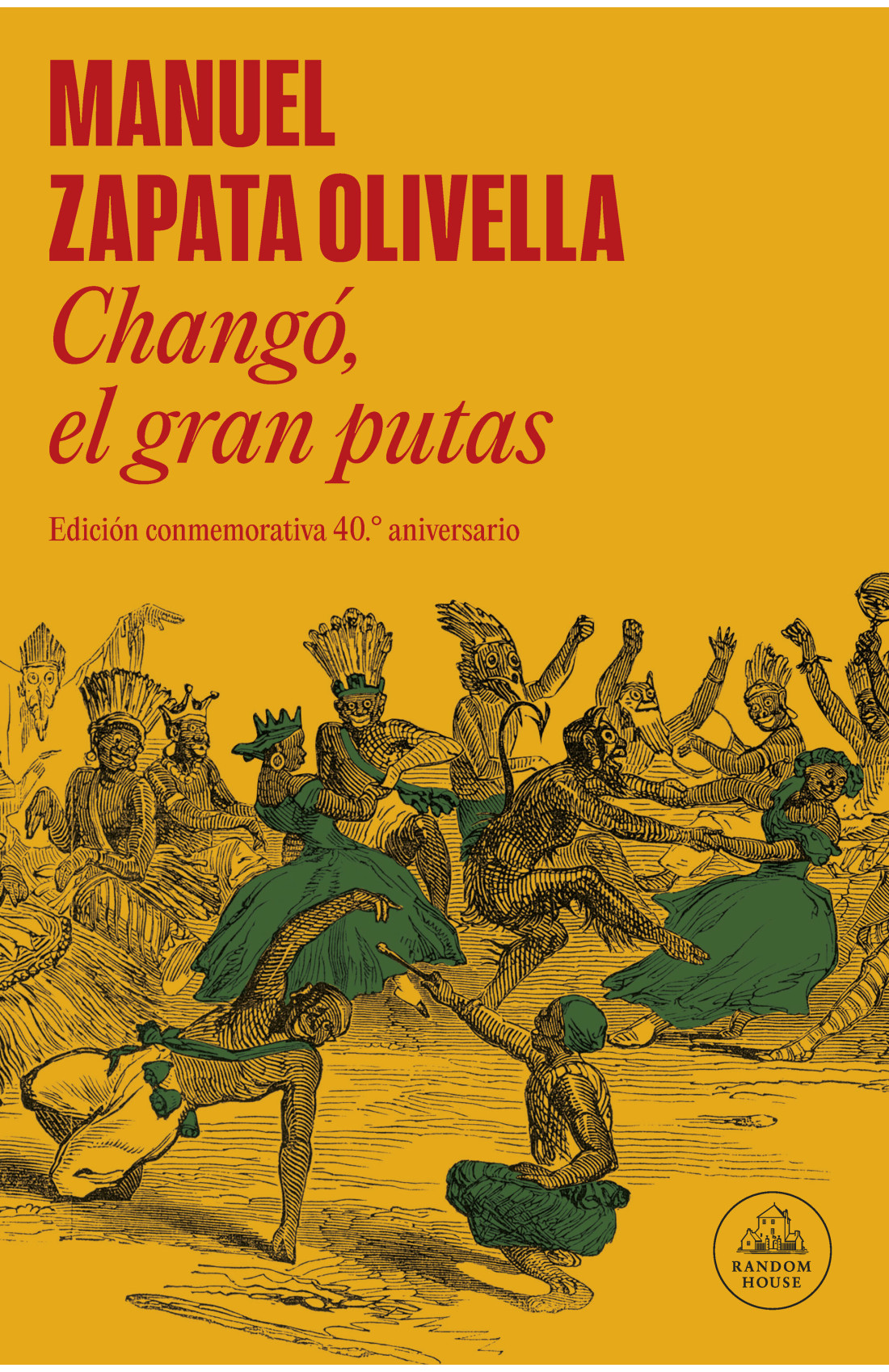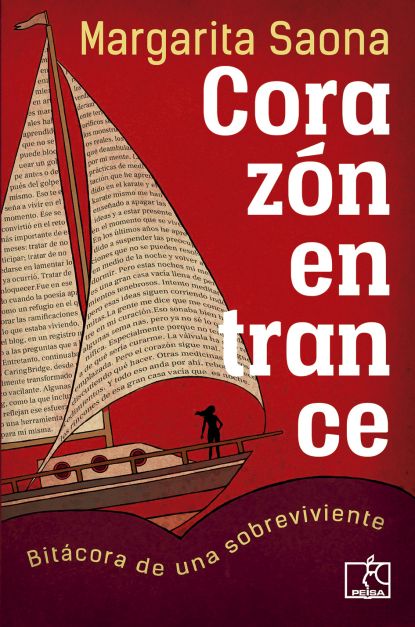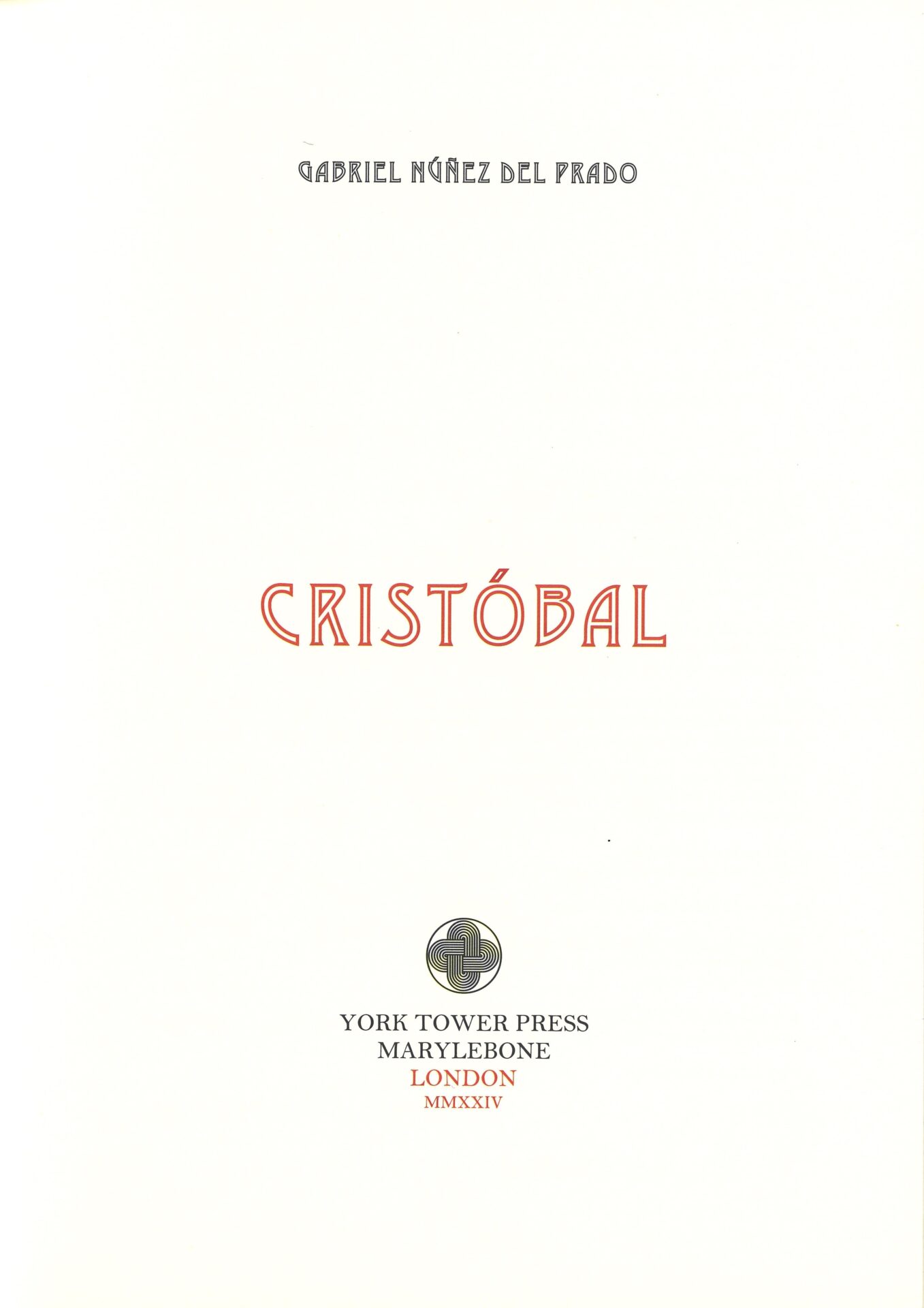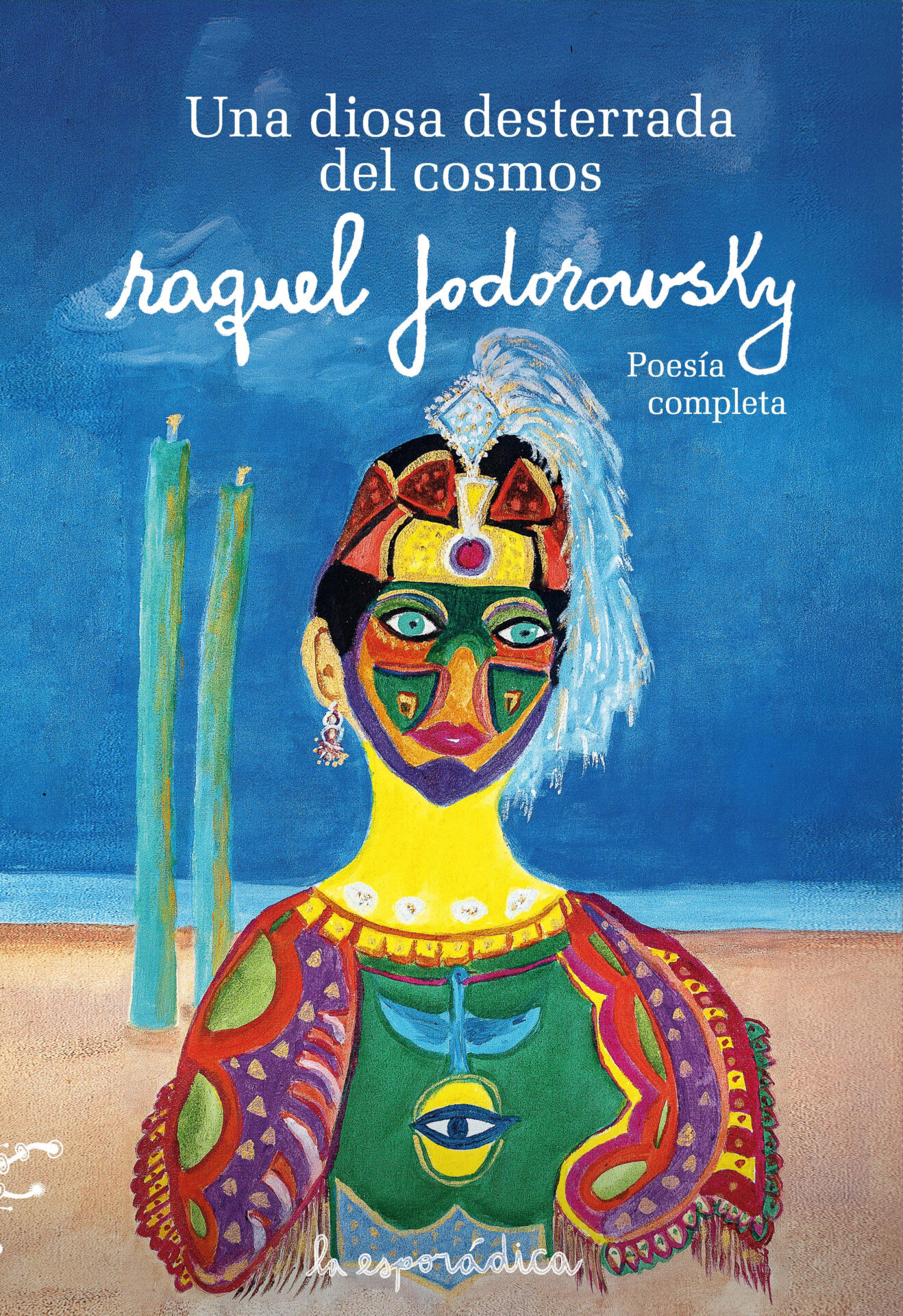book tell me how it ends
Tell Me How It Ends
Valeria Luiselli
Tell Me How It Ends: An Essay in Forty Questions. Valeria Luiselli. Minneapolis: Coffee House Press. 2017. 126 pages.
 Try asking a 7-year-old the following question: “Did you ever have trouble with bands of organized crime in your home country?”. Would you start with the difference between a musical band and a criminal band, or with the definition of a home country? The impossibility of translation is where Valeria Luiselli’s new story begins: “Tell Me How It Ends: An Essay in 40 Questions.”
Try asking a 7-year-old the following question: “Did you ever have trouble with bands of organized crime in your home country?”. Would you start with the difference between a musical band and a criminal band, or with the definition of a home country? The impossibility of translation is where Valeria Luiselli’s new story begins: “Tell Me How It Ends: An Essay in 40 Questions.”
More than 120,000 unaccompanied children from Mexico and Central America were detained at the U.S.—Mexico border between April 2014 and August 2015, what came to be known as the 2014 American immigration crisis. A crisis that quickly left the physical border of the country and dispersed itself to the legal borders within the immigration courts in New York, California, Texas. “Tell Me How It Ends” is a highly reflective essay guided by the forty questions that form part of the legal questionnaire elaborated by the U.S. Citizenship and Immigration Services. The forty questions that Valeria Luiselli struggled to translate for many Central American children refugees as their legal interpreter. The forty answers that determine whether they get a legal status or get deported back to the terrors they were running from.
The essay’s four main segments—Border, Court, Home, Community—describe the steps of the children’s journey to refuge. These segments draw parallels between the stories of thousands of children: escaping gang violence and death threats, hiring a coyote, riding the train “La Bestia” across all of Mexico, the likelihood of getting kidnapped, murdered, raped, hoping to cross the border and reunite with a family member. Yet, this is only the beginning of the journey. Luiselli guides us through the maze of the American legal system that quickly becomes a much higher wall to cross. The story of Manu López, one of the teenager refugees, finally takes us to the last step: Community. He crosses the physical border, the border at court and finds a home, only to discover that Hempstead, NY is no different than Tegucigalpa, Honduras. We discover a community once again filled with gang violence, school bullying, a community that is not ready to protect a child. So, how different is New York from Central America?
Luiselli does not hesitate to look inward and do an interview with her own reality. Question one of the questionnaire—Why did you come to the U.S.?—quickly turns into, Why did I come to the U.S.? The answer is a personal story, stripped down to bare intimacy. The storyteller is no longer protected by the roles of a writer and a legal interpreter. We are left with the immigrant herself, with the mother who is incapable of ending the story for her daughter —Tell me how it ends, Mamma.
But perhaps the strongest question Luiselli poses in her book is the very simplest one, yet most humane one: “Were they to find themselves alone, crossing borders and countries, would my own children survive?”. It is a question that goes to ask, at what point does a child stop being a child and becomes an immigrant, an illegal subject, a criminal? It is a question that tries to look beyond the alienating legal language and offer a lens of humanity and compassion.
The book’s timely arrival at the start of the Trump administration raises even more questions on the matters of national security, the legal immigration system, gun control and community segregation. Suddenly is not just Central American children at the border, but also Muslims at airports, black communities on the streets, and even immigrants with legal status within their own communities. The journey of Manu López is not just a sentimental coincidence, but a direct consequence of dirty foreign politics, both in the United States and Mexico. And this time the writer makes no attempt to hide her voice behind the fictionality of a novel. This essay, besides its esthetic value, is a bold political statement and writing in the service of social activism. Luiselli dares to ask the question of whether writing is enough, and if it isn’t, what’s there to do?
“Tell Me How It Ends” certainly provides many answers, but it asks even more questions. This time, the questionnaire is directed at us as a society. A questionnaire that is pressing to be answered. Luiselli’s book is an urgent call for all of us to finally decide how this story ends.
Radmila Stefkova
University of California, Santa Barbara





